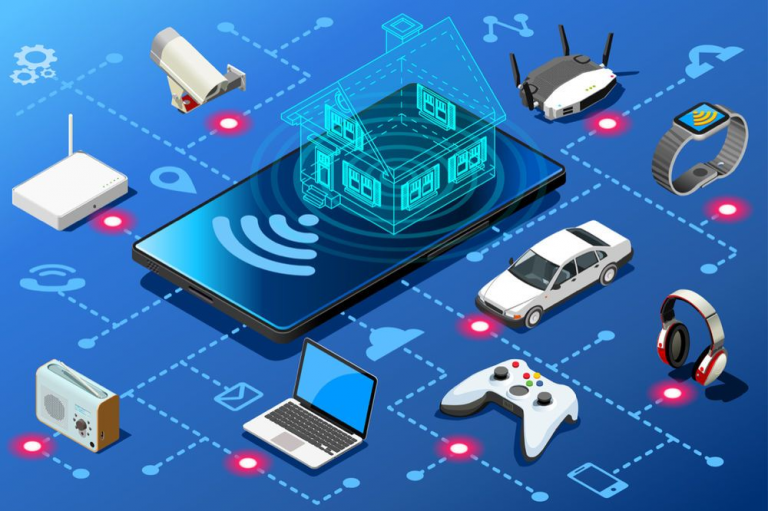
The Internet of Things (IoT) refers to sensors or actuators, combined with communication and processing capabilities, thus enabling them perform smart tasks and processes. The IoT market in the Middle East and Africa is worth around $8.5 billion and expected to grow to $17.63 billion by 2023.
In this article, I delve into the building blocks of IoT systems.
The IoT system is represented below as
Register for Tekedia Mini-MBA edition 18 (Sep 15 – Dec 6, 2025) today for early bird discounts. Do annual for access to Blucera.com.
Tekedia AI in Business Masterclass opens registrations.
Join Tekedia Capital Syndicate and co-invest in great global startups.
Register for Tekedia AI Lab: From Technical Design to Deployment.
Device – Connectivity – Backend system – Application

Devices: this refer to the sensors or hardware or actuators, combined with power source (e.g. batteries, mains etc.), communication hardware (e.g. esim, chips, isims, sims etc.) ana/or a user interface system (e.g. screen, buttons, keyboard) etc.
Connectivity – This refers to the network responsible for transporting packets to the internet. This could be via cellular networks, fixed or satellites systems. The choice of connectivity, to a large extent, depends on the application of the IoT devices.
For example, high latency applications like health care, rapid response etc., favour the use of cellular networks like NB-IoT, LTE-M, other cellular connections, WiFi etc. whereas low latency applications typically favour the use of networks like Sigfox, LoRa etc. The use of networks like Sigfox, LoRa etc. equally lead to a conservation of energy and power, a critical asset for IoT devices, whereas the use of cellular connections and WiFi lead to a greater power consumption.
For indoor applications, fixed, WiFi and cellular connections are the preferred options, whereas when deploying outdoors, the use of networks like Sigfox, Lora, cellular, satellites networks etc. are preferred.
As highlighted above, the choice of connectivity option could come down to coverage or no coverage, low latency or high latency, low battery life or high battery life, indoor or outdoor, static application or mobile application, good quality of service or poor quality of service etc. Whatever the case, one may need to make some compromise, when selecting the desired connectivity network for a chosen IoT application.
Backend systems – This refers to the servers which collect and analyse data from the sensors and other external sources. These servers reside either within the private or public cloud.
Application – This refers to the system integrators, application development, and software platforms, open APIs etc., which helps in analysing, storing and managing the data.
If well harnessed, the IoT industry could help revolutionise the hardware sector in Nigeria and Africa.



